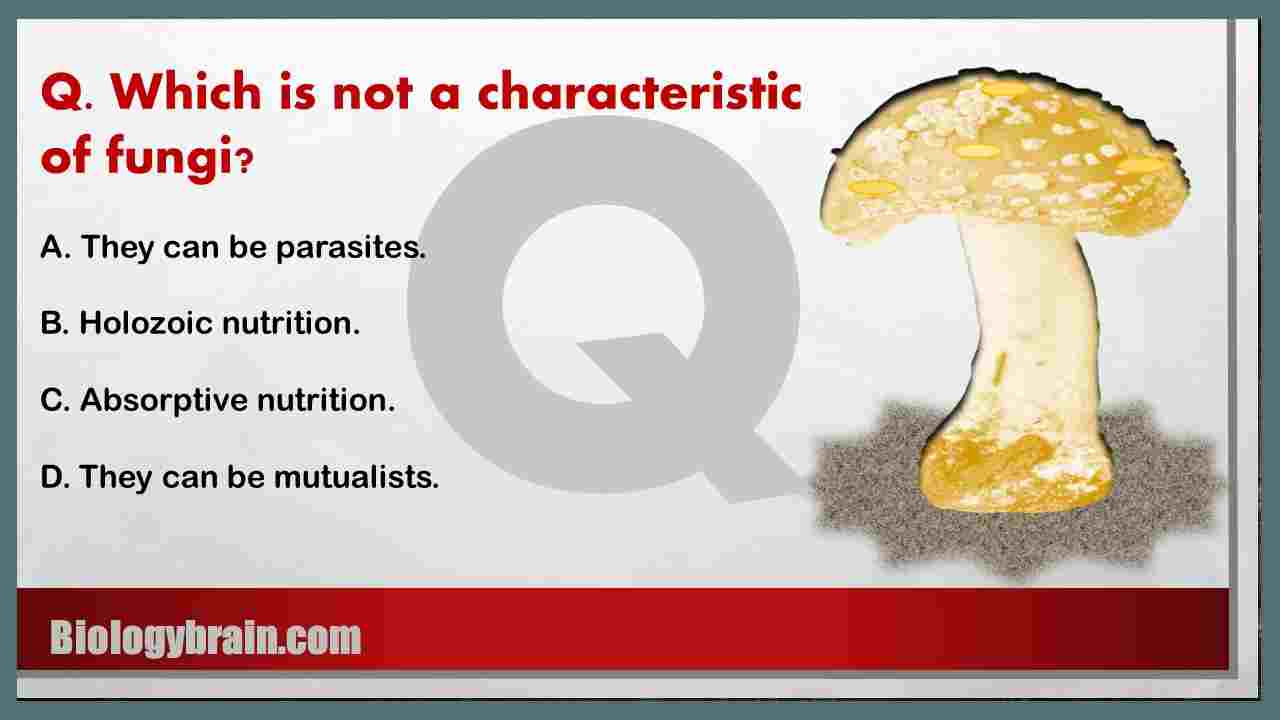Q. Which of the following genotypes is homozygous recessive?
A. ss, Bb, TT, XY
B. SS, BB, TT, XX
C. tt, xx, ss, bb
D. tt, xy, ss, bb
Answer: C (tt, xx, ss, bb)
Explanation: Each gene contains two alleles, and they occupy the same locus on the chromosomes.
From the above question, S, B, T, and X are the alleles of four unique genes. Typically, in homozygous recessive conditions, they are represented in small letters. Hence, the correct answer is C (tt, xx, ss, bb).
Interestingly, female (XX) contains two copies of each gene on the X chromosomes, so these alleles can be homozygous (XX or xx) or heterozygous (Xx). However, males (XY) will express all the alleles located on the single X chromosome that they inherit from their mother. Hence, the ‘recessive’ or ‘dominant‘ concept is irrelevant in the case of the male genotype (XY). So, option D is incorrect even if it is represented in small letters (tt, xy, ss, bb).
In general, if two alleles (SS or ss) of the genotype encode the same type of protein and show the same type of character, then that genotype is either homozygous dominant (SS) or homozygous recessive (ss). However, the recessive allele will only be expressed when it is in a homozygous pair (ss).
Suggestion: Read more about genotypes and their types and frequency.
Other important questions:
Q. The alpha-helix and beta-sheet are found at which level of protein organization?
Q. Which cytoskeletal proteins provide the structural support for microvilli?
Q. Which of these does not contain a structural protein?
Q. What level of protein structure is associated with the sequence of amino acids?
Q. Which of the following pertains to typhoid fever?
Q. Which of the following tests is an agglutination test for the bacterium causing typhoid fever?
Q. Which of the following are characteristics of G protein-coupled receptors (GPCR)?
Q. What are the second messengers in the GPCR-phospholipase c signal transduction system?
Q. What are alleles? And an example.
Q. What is one difference between DNA replication of bacteria and eukaryotes?











